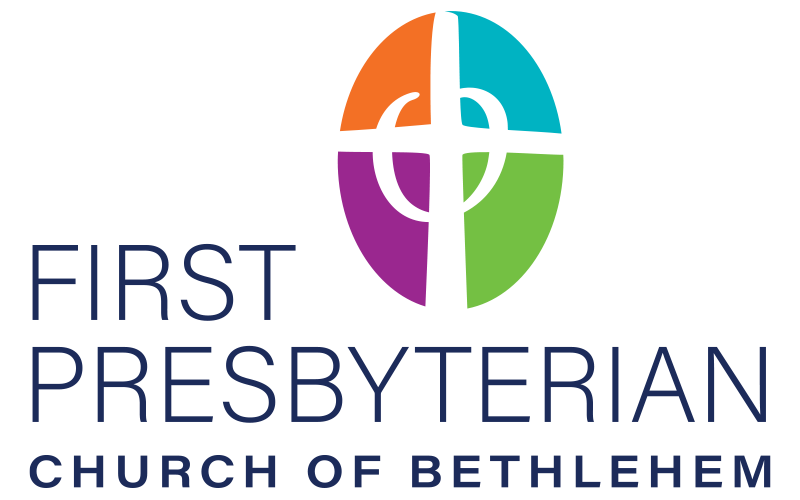A MESSAGE FROM REV. J.C. AUSTIN: AN EXPERIENCE OF HOPE
Advent has become an increasingly unusual season in the Christian church because it stands in significant contrast to the way in which the general culture prepares for Christmas. In terms of our theology and worship, Advent is not simply intended to be a “tailgate party” for Christmas, gathering together to wait for the big game with increasing amounts of fun and festivity.
Rather, Advent is intended to be a time of anticipation and active preparation for the coming of Christ, recognizing that the world is not how God intends it to be, and claiming the hope that, in Jesus Christ, God has established the reign of God on Earth and will bring it to full fruition at the end of time. In fact, for many centuries Advent was a season of individual fasting and prayer as part of that preparation, like Lent, which is part of why the color of Advent is purple, just like Lent.
That’s also why this third week of Advent is unusual even within the season of Advent. You’ve probably noticed that one of the candles on the Advent wreath is pink, not purple; that is the candle we will light this week, the third week of Advent, which has the theme of Joy.
Advent is no longer observed by Presbyterians as a penitential season, but it retains a sense of thoughtful and prayerful introspection and preparation. But when Advent really was a season of penance, the ecumenical church realized that joy is an essential part of anticipating the coming of Christ, but it was being obscured by the somberness of the Advent season. So they established Gaudete Sunday as the third Sunday of Advent. “Gaudete” is Latin for “Rejoice,” and it was chosen as the theme of the third Sunday of Advent to emphasize that Christians can and do rejoice as the coming of Christ draws near.
And, here at First Pres and in an increasing number of congregations across the country, there is a service that is also a bit unusual but very important for the season. On Wednesday, Dec. 18, at 6:30 p.m., we will hold a Longest Night Service. It takes its name and theme from the longest night of the year, the winter solstice, which comes just before Christmas on Dec. 21.
The idea is that Christmas can be especially difficult for people who are experiencing a significant loss in their life: the death of a loved one; the loss of a job; the demise of a relationship; the letting go of a dream. All the pressure in the general culture and to be “full of Christmas cheer,” and even the church’s emphasis on rejoicing at this point in Advent, can be isolating and even oppressive at times. So the Longest Night Service provides a space to acknowledge the losses with which we are struggling, and offers an experience of hope that, as Scripture says, “a light shines in the darkness, and the darkness does not overcome it.”
So, if you or someone you know is struggling with loss, I hope that the Longest Night Service will be of help in this season of Advent and as Christmas approaches. And let us all continue to pray for the coming of Christ as we claim God’s blessings of hope, peace, joy, and love in this season of Advent.
Grace and Peace,
JC
